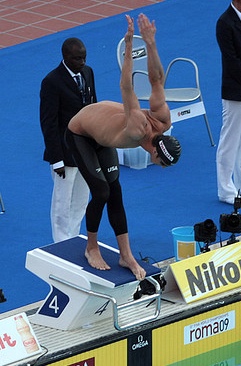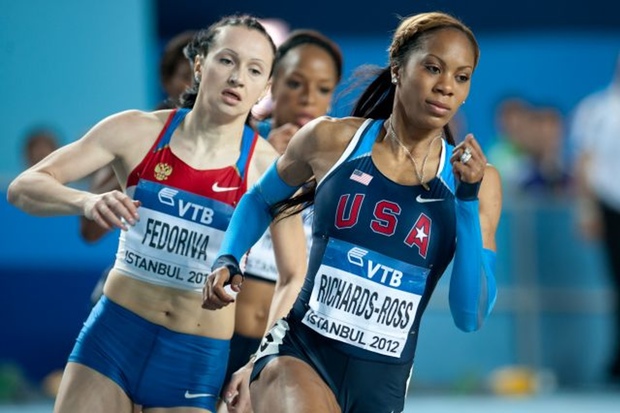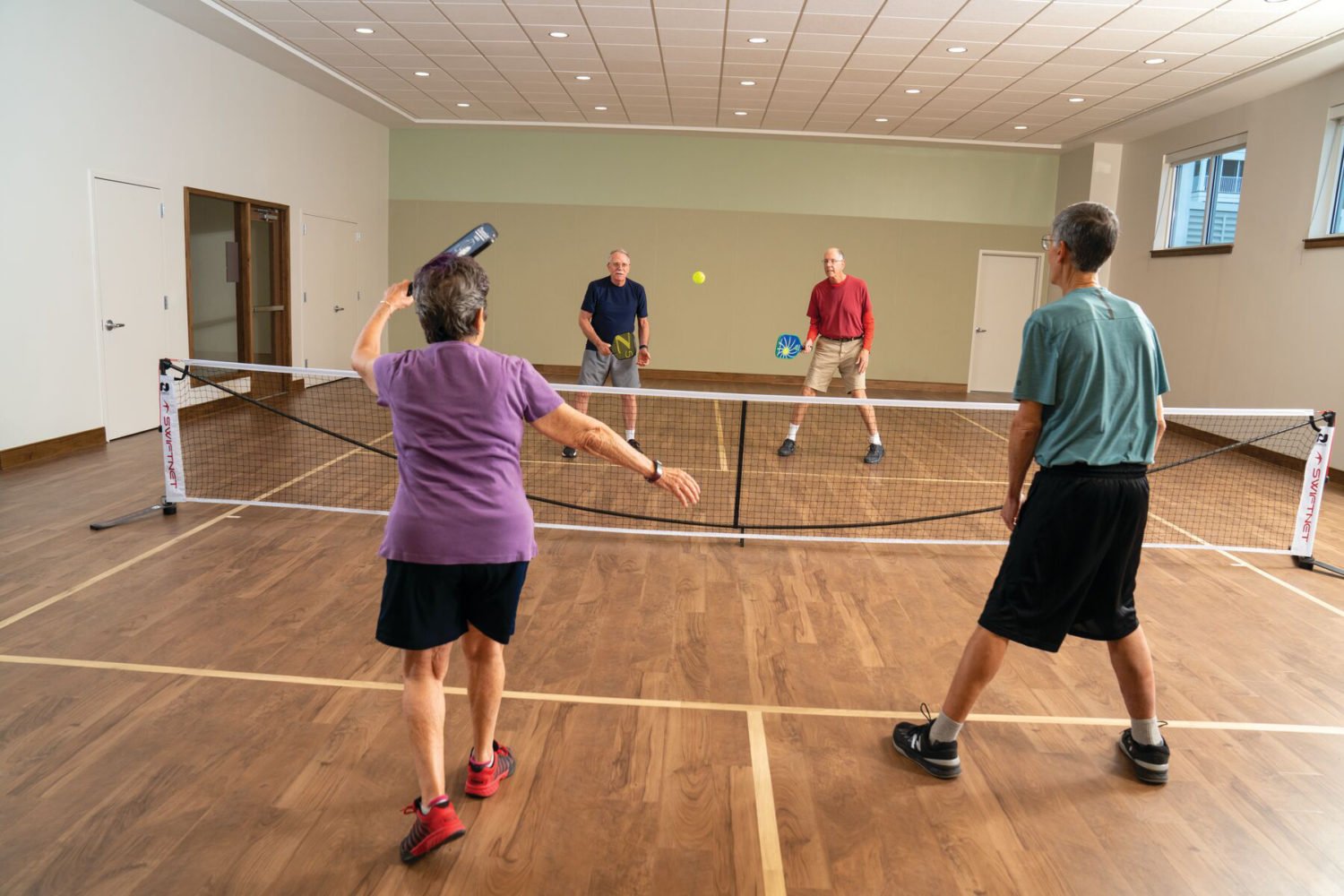Before a race, local marathon runner Dorothy Beal absolutely needs her race hair.
No, “race hair” does not involve Beal donning a wig or hair extensions during competition. Rather, the night before every event she washes, blow-dries, and straightens her hair. “All of my [personal records] have happened when I had race hair,” she explains. “I don’t know why, but it feels faster to me than messy, wavy hair.”
On the Olympic level, 400-meter gold medalist Sanya Richards-Ross wears a necklace her mom gave her during every race. Michael Phelps swings his arms and slaps his back three times before every swim, and heptathlon winner Jessica Ennis uses her lucky measuring tape during competition.
What all these athletes have in common is their reliance on what they believe are superstitions, says local sports psychologist Dr. Keith Kaufman. The thing is, some of those habits aren’t actually superstitions—and many of them don’t actually help athletes win. “In sports psychology, we think of rituals and superstitions in similar terms, but we differentiate them from routines.”
The difference, Kaufman says, is that a routine provides the athlete some control over his or her performance. On the other hand, while superstitions can make athletes feel like they will perform well, the truth is that wearing the same unwashed socks for an entire season is not going to help them win.
“Having superstitions isn’t actually something that’s under your control,” Kaufman says. “It can make someone feel more confident, but it’s not a guarantee that it’s going to last. It doesn’t do anything to help you improve your performance.”
Various studies have analyzed the effect of pre-performance routines among athletes and found that pre-routines related to one’s athletic movement (like Phelps’s arm swings) aid in their subsequent performance. One study found that elite basketball players made more foul shots when they performed their preferred pre-routines than when they deviated from the behavioral pattern.
In another study, researchers tested two pre-performance routines, one focused on motor skills and the other on cognitive skills. Female volleyball players performed both routines before serving—and had more accurate serves when performing the motor-emphasizing routines.

But the line between routine and superstition is often blurred. For example, the standard breakfast a runner eats before every race may in fact be an integral part of his routine and act as performance fuel. But if the runner believes the food is the reason he runs a personal record, rather than his talent, it becomes a superstition. “You’re putting your faith in something that may have nothing to do with actual performance,” says Kaufman.
The problem with that, of course, is when an athlete becomes so dependent on that lucky sports bra or hair tie that when it’s misplaced, her performance suffers because of it. “That’s one of the big pitfalls of someone putting too much faith into a superstition,” says Kaufman. “Their performance has nothing to do with the hair tie. It might be bringing them some comfort, but that’s really an illusion to understanding that that’s not where confidence comes from.”
Kaufman, who says baseball pitchers are typically the most pre-routine dependent, says sports psychologists work to help the athlete find something else to find confidence in. “I’m working with a golfer who always approaches the ball the same way and does the same practice swings. He may not know that he’s doing it, but he’s setting himself up for the performance. If you can find any way to shift away from a ritual, that can be a big advantage for anyone looking to improve performance.”














